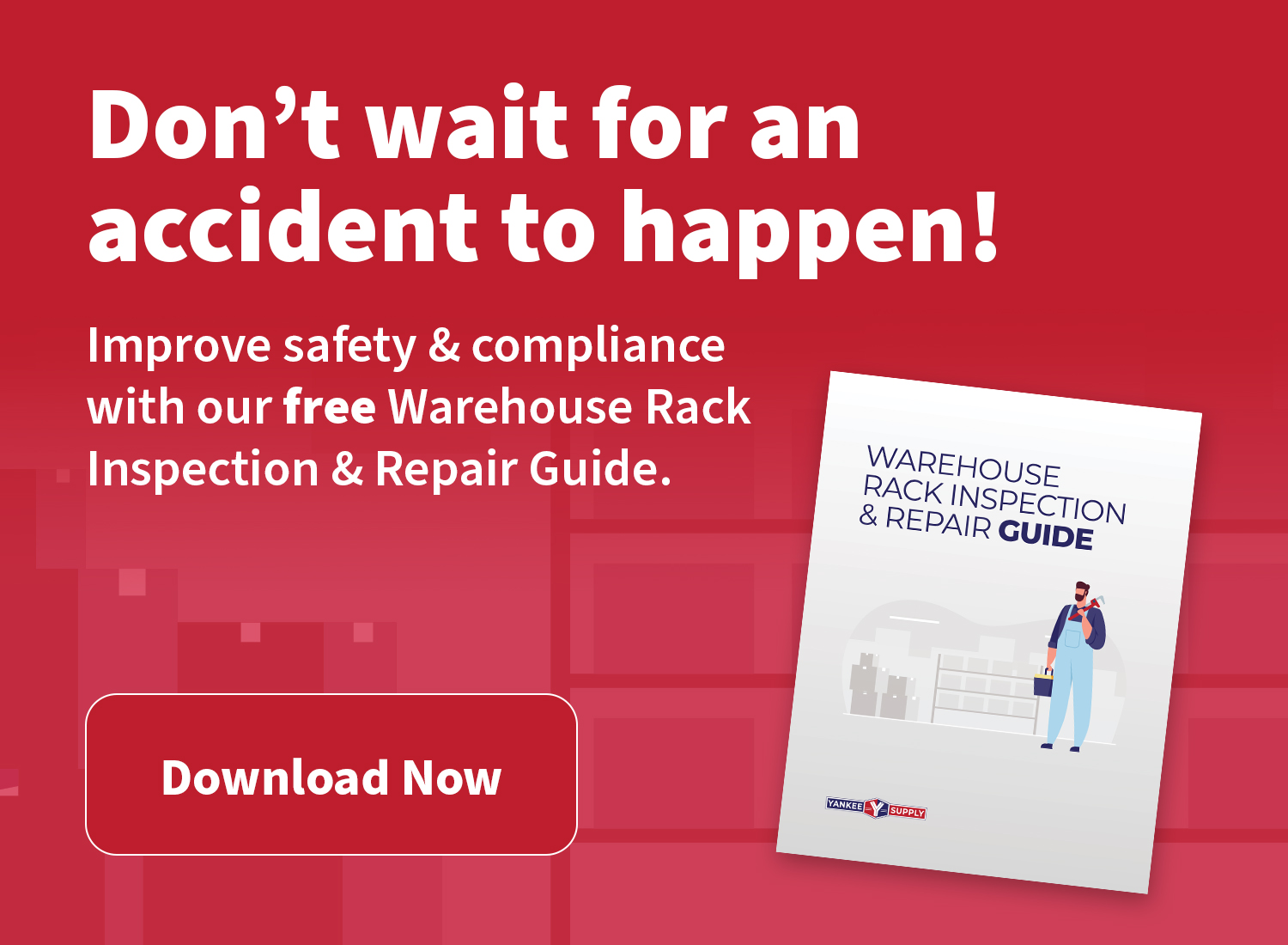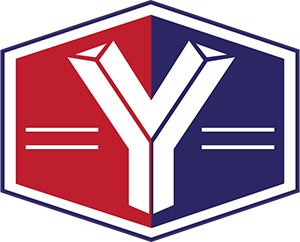Warehouse equipment comes in all shapes and sizes for all operations. Therefore, this is a critical part of warehouse design and services. It is an essential factor when considering warehouse layout. Inventory control systems tend to be the most popular equipment today.
Selecting must always be according to the warehouse activity it has to perform. Each of them can have different kinds of operations depending on its type and size.
Even though some warehouse equipment may look similar or serve similar functions, many other things need to be considered, such as:
- It should complement your warehouse environment and operations.
- It should provide efficient and productive operations.
- The costs for it must be within the budget.
- It must be durable, reliable, and easy to operate.
- It should be environmentally friendly.
Some warehouse equipment consists of tools, carts, pallet racks, shelves, racking system, trolleys, and bins.
Each type of Warehouse Equipment is valuable because each performs specific tasks that help the operations run smoothly.
Another vital point to remember when thinking about the best equipment is that no two warehouses are alike nor require the same types or amounts of equipment. Each business will have different product requirements that influence how their warehouses are designed and what functions they serve within those facilities.
Describing A Warehouse
A warehouse is a building or storage area used to warehouse goods for access by vehicles. Warehousing operations range from small warehouse/office spaces, which are self-contained and serve a smaller trade area, to large warehouse facilities that often handle regional or national materials, products, wares, or merchandise movement.
The warehouse is a crucial point of a supply chain network. It will be where the goods will be received or sent from and where they can be stored along with trackers to keep every move of them under control. In this way, the warehouse management system will simplify warehouse workers' lives by simplifying their work and spending more time on other warehouse activities such as order pick up, repacking, or quality inspection.
There are two warehouse activities. Those are primary functions and secondary warehouse functions. Primary warehouse functions are warehouse activities that happen directly in the warehouse, whereas secondary warehouse functions are warehouse activities that take place elsewhere. Some examples of primary warehouse functions include storage, picking items, unloading or loading vehicles, and shipping to customers' homes.
Primary warehouse functions directly affect warehouse employees' productivity because they are essential for warehouse management. As a result, warehouses need to have good equipment, including carts, ladders, security systems, shipping containers, maintenance programs, and more.
Secondary functions do not directly affect employees because they take place outside the facility. Secondary function examples include invoicing customers and receiving goods from suppliers. Keeping track of these kinds of tasks generally requires warehouse management software.
What Is Warehouse Equipment?
Warehouse equipment is a term that refers to various tools, carts, racks, and other objects or machines used in warehouse management. The equipment includes warehouse tools such as ladders and carts. It is essential to select the best equipment because it will make operations efficient and safe.
Many kinds of equipment are available today; some come with a high price tag, while others come at a reasonable cost. When selecting equipment, it is essential to keep in mind that each warehouse has its own needs, so not all types of equipment will work for every business. Therefore, it is always better to ask for advice from an expert before investing in any particular type of warehouse equipment. A warehouse equipment specialist or manager can recommend the equipment that will work best for a specific warehouse.
Things To Put In Mind When Choosing The Best Warehouse Equipment For A Specific Task
Different warehouse operations require various equipment. For example, stored warehouse goods on the warehouse floor should be organized using warehouse racking. However, warehouse goods held at higher levels may need warehouse ladders and other warehouse tools to retrieve them safely. Warehouse carts come in different shapes and sizes depending on their functions; for example, warehouse hand trucks are used for moving heavy items around the warehouse, while warehouse trolleys are designed to transport large amounts of the product without wear or tear.
Another important consideration when purchasing any equipment is the safety features available with each one. It makes no sense to invest in a particular type of warehouse equipment if it has no safety features because this will put warehouse workers at risk. For example, warehouse equipment that features a safety-locking system or contains non-slip surfaces is a good choice because warehouse workers can use it without worrying about injuries.
Some equipment also comes with added features, such as warehouse racking systems that have been designed to make warehouse management easier and warehouse carts equipped with hydraulic lifts for warehouse storage racks. In addition, warehouse equipment that produces minimal noise is beneficial in an office setting or other areas where noise would prove disruptive; another option is created from recycled materials. In this way, not only will the business benefit from using green warehousing supplies but the environment will also be protected when these recycling efforts are put into practice.
If You Need A Warehouse Equipment Is For Better Product Handling -
Warehouse equipment and warehouse tools can improve warehouse operations, particularly when it comes to warehouse product handling. Warehouse racking and warehouse carts are two necessary warehouse equipment designed for this purpose.
If You Need A Warehouse Equipment For Warehouse Storage -
Many different warehouse storage systems can be installed as needed by businesses; each is suited to a particular warehouse storage requirement. There are warehouse pallet racks, warehouse mezzanines, warehouse shelving, storage cages, and rolling ladders. The best warehouse equipment should make the business more productive and efficient and save money in the long term. No warehousing supplies will need to be purchased again after the first order has been delivered.
Above All, It Is Important To Choose Warehouse Equipment That Will Fit Best In The Warehouse
It is also essential for warehouse equipment to be easy to use. If warehouse workers are not happy with using warehouse equipment or complicated warehouse tools, the results will be poor.
For this reason, warehouse managers must choose warehouse equipment carefully to maximize efficiency and improve warehouse operations.
Warehouse Equipment That All Warehouses Should Have
If you are looking for warehouse equipment to complement your warehouse operations, here is a list of equipment that every warehouse should have:
1.) Forklift
A Forklift is an important warehouse machine because it speeds up the movement of materials and products within warehouses. It also minimizes the time to move materials from one location to another and saves energy since only one worker operates the machine. Forklifts are typically classified into three categories: counterbalanced forklifts, sit-down mast trucks, and reach trucks.
2.) Carts
Carts are essential to equipment for warehouses of all sizes. The carts enable warehouse workers to move products quickly and efficiently from one place to another. In addition, warehouse carts can be customized according to warehouse needs, so there is a wide variety of warehouse carts available on the market today.
3.) Ladder
A ladder is a piece of essential equipment because it helps warehouse workers reach high storage areas safely. Most warehouses have different types of ladders for various materials they store in their facilities; therefore, purchasing new equipment is essential that you buy the right warehouse ladder.
4.) Warehouse Security System
A warehouse security system is a must-have for warehouses that store expensive products or materials. Electronic warehouse security systems protect warehouse property from theft and damage by alerting warehouse managers when unauthorized individuals attempt to access warehouse areas such as the office, receiving room, and shipping dock. These kinds of equipment can be controlled automatically with sensors in various parts of the warehouse facility.
5.) Shipping Containers
Shipping containers are an essential type of warehouse equipment because they help keep items safe during storage and transportation. Warehouses typically have a large storage area for shipping containers so warehouse employees can easily access them. There are several types of warehouse shipping containers available on the market today, including open-top and closed-top warehouse shipping containers.
6.) Racks
Warehouses use racks as warehouse equipment that helps maximize space and accommodate heavy product loads. Racks vary in size, weight capacity, height, and other specifications depending upon what products will be stored on them or where they will be located within the warehouse facility.
7.) Warehouse Maintenance Program
A warehouse maintenance program is a management system that keeps equipment running smoothly. It includes scheduled inspections of warehouse machinery, warehouse tools, warehouse vehicles, and other types of warehouse equipment to ensure they are in proper working order.
8.) Pallets
Warehouses store products on pallets, which makes it easy to move them from one location to another or stack them up high during storage or transportation. Pallets come in various sizes and styles, so there's a wide variety of pallets available on the market today for all kinds of warehouses.
By using the equipment properly, your warehouse is more organized and efficient. Employing equipment such as racks, carts, ladders, security systems, shipping containers, maintenance programs, and more can make management much easier. You can also upgrade your warehouse with new types of equipment to make the best use of warehouse space and increase worker productivity.
In conclusion, warehouse equipment is essential for warehouse use. Warehouses should have carts, ladders, security systems, shipping containers, maintenance programs, and warehouse racking, among other equipment, to make the process easier and maximize space.










